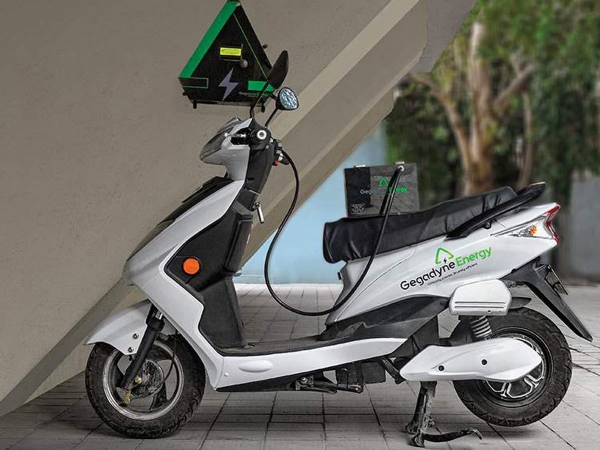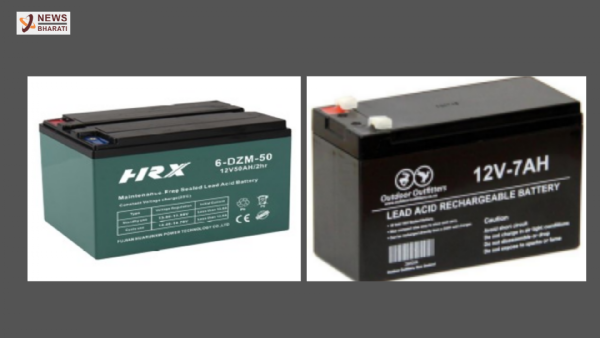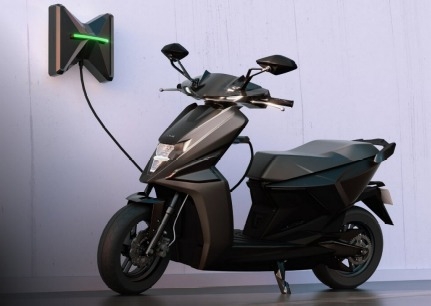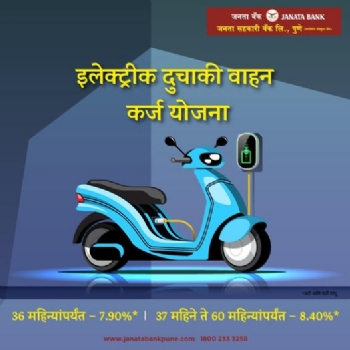EV battery maintenance
An electric vehicle doesn’t have an engine and instead has a large battery pack mated to a motor which delivers the power to the wheel. In fact this extreme powertrain simplicity is one of the massive plus points of an electric vehicle over a fuel powered one.
Total Views |
Like all vehicles, electric vehicles need to be maintained properly in order to be kept running at maximum efficiency and performance, however their maintenance is quite different to that of conventional ICE (Internal Combustion Engine) vehicles which most of us are used to. For instance, a lot of the servicing operations involved in an IC Engine vehicle are engine related i.e. topping up coolant, changing the engine oil, cleaning the internals, decarbonising the spark plugs etc. An electric vehicle doesn’t have an engine and instead has a large battery pack mated to a motor which delivers the power to the wheel. In fact this extreme powertrain simplicity is one of the massive plus points of an electric vehicle over a fuel powered one. To read about my full summary of the current EV scene in India click here and to read my in-depth analysis of electric scooters in India and whether or not you should consider buying one click here

So while you indeed don’t have to bother with engine maintenance in EVs, maintenance of all the other components is pretty standard for both types of vehicles; replacing the brake pads on time, keeping the suspension performance in check, general lubrication processes as well as brake and gear adjustments among other things.

However the main component in an EV which you will definitely have to take care of is the battery unit. The battery is the life force of the vehicle and is also the most expensive component in the vehicle. The replacement cost of a battery unit is often the reason many people are apprehensive about buying an EV to begin with. Replacing your vehicle’s battery will definitely become less expensive in future because of more production numbers and even subsidies but it will always be a considerable expense. However if you use it right it will reward you with a considerably high usage cycle and great performance as well. Here’s some things to remember to keep your EV’s battery healthy –
You might have heard of the term battery health in context of mobile phones and other electronics. It represents the maximum battery capacity of the battery relative to when it was new. For example a battery with 95% battery health will last 5% less between full to empty as compared to a new unit of the same battery with 100% battery health. This is an unavoidable process common across all batteries but the degradation can definitely be slowed down by taking a few precautions.
Make sure the battery of your EV never completely discharges right down to empty since then it has to be charged more to bring it up to full charge which takes more time and generates more heat which is harmful for the battery in the long run and can accelerate battery health degradation to a certain extent if done repeatedly.

All EVs have a dedicated charger with a specified voltage with which they have to be charged with. This is again in order to increase the longevity of the battery. Using dedicated chargers at the correct rated voltage and not overcharging the batteries will definitely maintain the battery health quite well. Even when the vehicle is being kept idle for a long duration, the charge of the battery should be maintained at a particular suggested level. Some vehicles even have a ‘vacation mode’ or ‘holiday mode’ which is for this specific purpose. Regardless of whether the vehicle has this mode or not, unplugging the battery from the vehicle when it’s not going to be used for a long duration is the best idea.
Extreme temperatures, both hot and cold are also harmful to the battery. Batteries essentially function on repetitive chemical reactions in order to produce electricity. Air cooling is present on a large number of batteries which works well while the vehicle is actually being ridden or driven but at standstill care must be taken to ensure that the environment around is cool and there’s decent airflow as well.
Fast charging is a great convenience for EV users but frequent use can lead to a certain degree of battery damage as well since fast charging involves sending huge amounts of electricity very quickly to the battery and hence must be done properly at the perfect voltage. This is one of the main reasons why Ather doesn’t offer customers the option of a fast charger even on paying extra and only offers the fast charging facilities at their specially designed Ather Grid fast chargers. Just as frequent fast charging is detrimental to battery health, frequent rapid charge depletion is also harmful i.e. always using the high performance mode and always riding at a high power consuming pace. Therefore riding style also plays an important role here. There’s nothing wrong with using your vehicle’s performance mode but be sure to balance it out with some economical and easy on the battery riding as well.
Make sure you keep the electricals clean as well. Regular cleaning is extremely important in ensuring there’s no unwanted dirt or moisture residing in the internals of your vehicle.
With the immense benefits of electric power, there’s also these precautionary measures you should take to make sure your EV’s battery lives a long and healthy life. Also, if you’re ever hesitant to carry out your routine battery maintenance always remember that a damaged battery cannot be repaired, only replaced.



